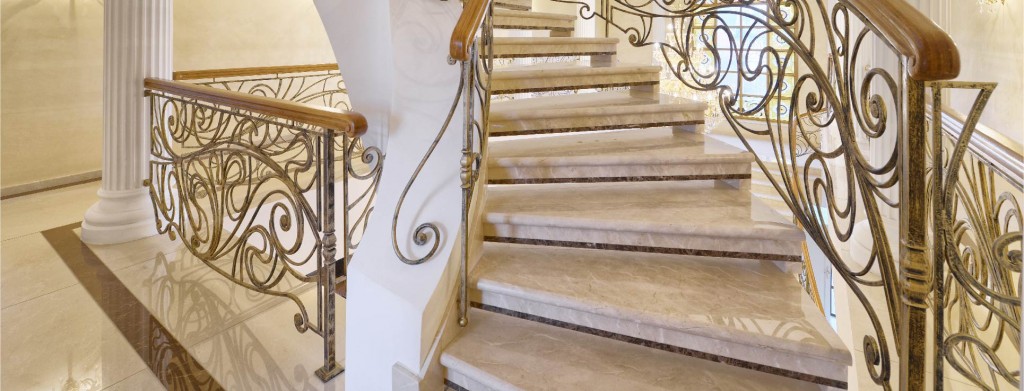 There seems to be a lot of confusion among people about what is meant by marble polishing. The truth is there are as many types of polish as there are types of marble.
There seems to be a lot of confusion among people about what is meant by marble polishing. The truth is there are as many types of polish as there are types of marble.
Some types of marble are supposed to have the kind of shiny, glossy finish that you would expect on, say, a marble kitchen countertop. But there are also some types of marble that are supposed to have a dull, or even flat, finish.
Marble Restoration NJ — Types of Marble Finishes
To clear up some of this confusion, it’s important to remember that there are different marble surface types, styles, and looks. Each one has its own specific purpose.
A highly polish finish provides the kind of shiny, high-gloss most people want to see on their kitchen countertops. This type of shiny marble finish offers the deepest color saturation, bringing out the richness and depth of the stone surface.
Because this is the most common type of marble finish that ordinary people encounter, there’s a tendency to believe that all marble is supposed to look this way.
Marble Restoration NJ — Honed Marble Finishes
But there are other types of marble that are supposed to have a “honed” finish or one that has a satin smooth appearance but doesn’t have the kind of shiny, reflective surface you would expect from a kitchen countertop.
These honed marble surfaces offer more muted colors and a “matte” finish. This type of marble is more commonly found in floors, especially those in heavily trafficked areas such as public buildings or office hallways.
The reason is simple: Honed marble finishes are much easier to maintain. Imagine having to keep a highly polished marble floor shiny when thousands of people are trampling on it every day. It would be an impossible task.
There also are other types of marble surfaces, including tumbled, flamed, antiques, brushed, hammered, and more. So to assume that all marble needs to be bright and shiny is just plain false.



